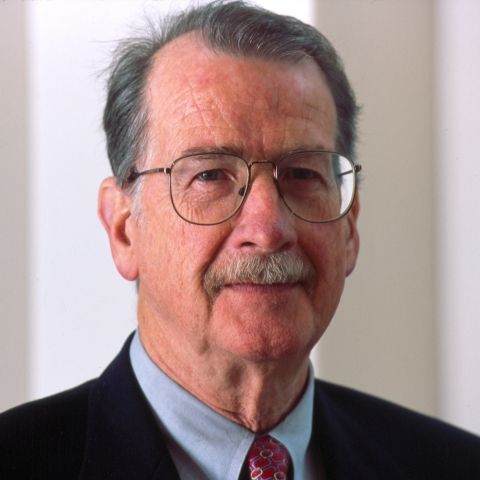

The information revolution has made America more dependent on its electronic communications infrastructure than ever before. In additional to the technical transformation that is occurring, the current regulatory regime is facing countless challenges as the traditional boundaries between mass media and telecommunications are being confused by the overlap between services and historically distinct different communications technologies. Mass media communications are now frequently being provided by the Internet in addition to over-the-air broadcast, cable and satellite television; voice telephony, once the exclusive domain of a regulated monopoly, is now provided in any number of ways, and is frequently carried not by traditional telephone companies at all but by cable television operators. The changes are limitless, but at the center of all of them lies the Federal Communications Commission, an agency whose response to these changes has been to insinuate itself even more completely into the communications industry and whose attempts to grapple with these changes has led to a “revolution,” one that has been going on for the past ten years and running.
This book provides not only cases addressing regulation by the FCC but also extensive narrative describing the historical, technical, and economic background of much of that regulation. Although the book is necessarily technical, it is designed to be readily accessibly by students (and faculty) with a traditional liberal arts background (like that of its authors). The book is separated into parts focusing on electronic media and telecommunications, necessarily combining the two in its treatment of “The Internet and Advanced Services.” Throughout, the tone of the book foreshadows its final chapter, on the “four c’s” that describe much of what is currently happening in communications markets and regulation: Consolidation, Convergence Competition, and Complexity.